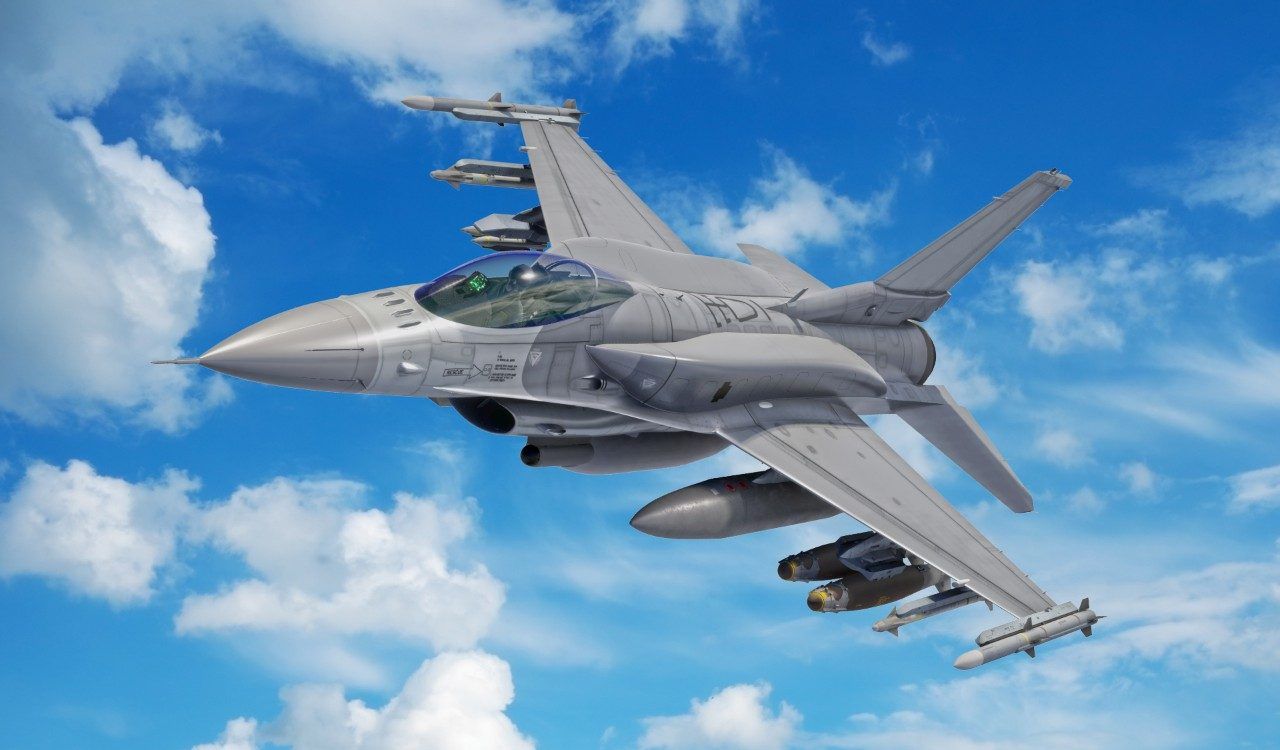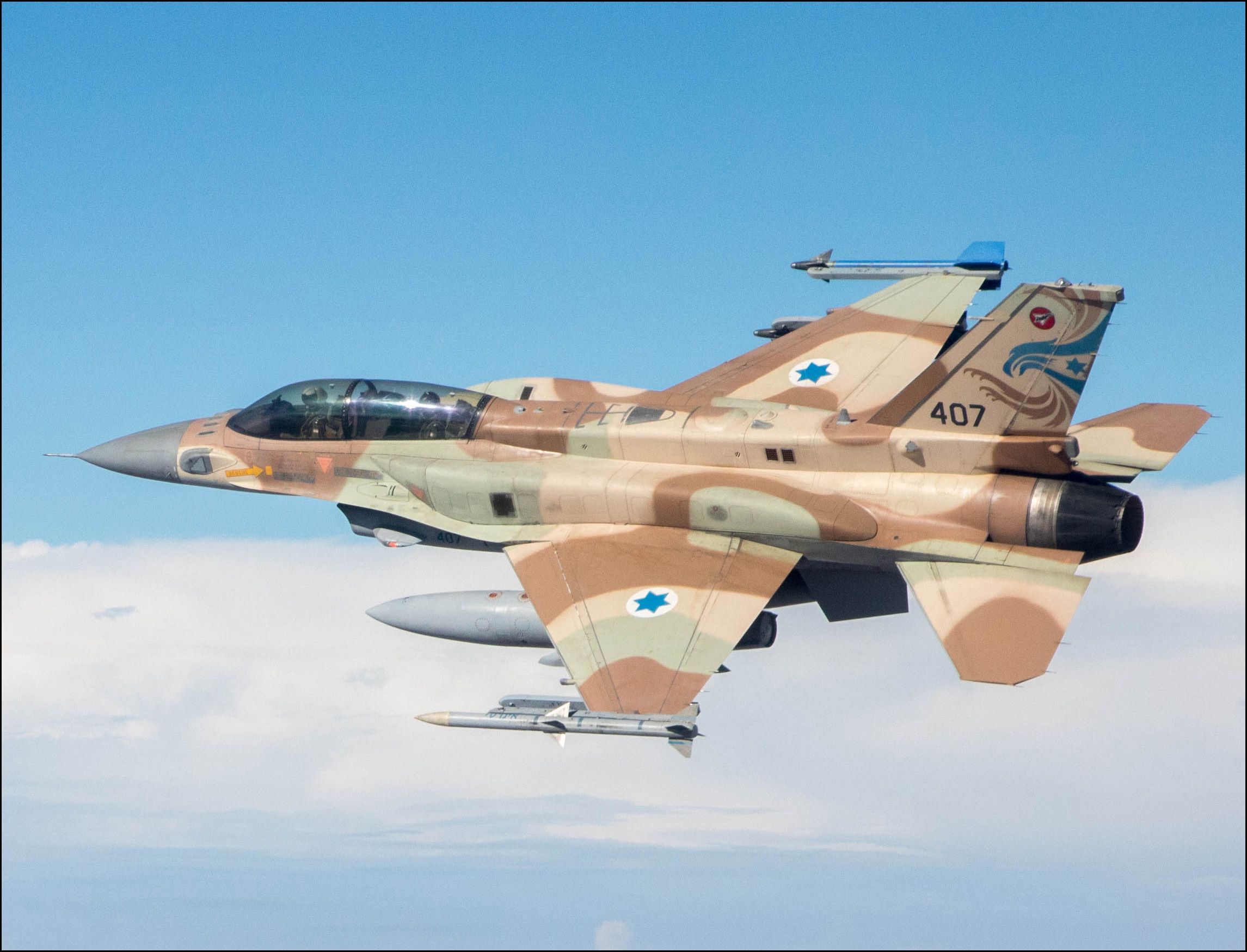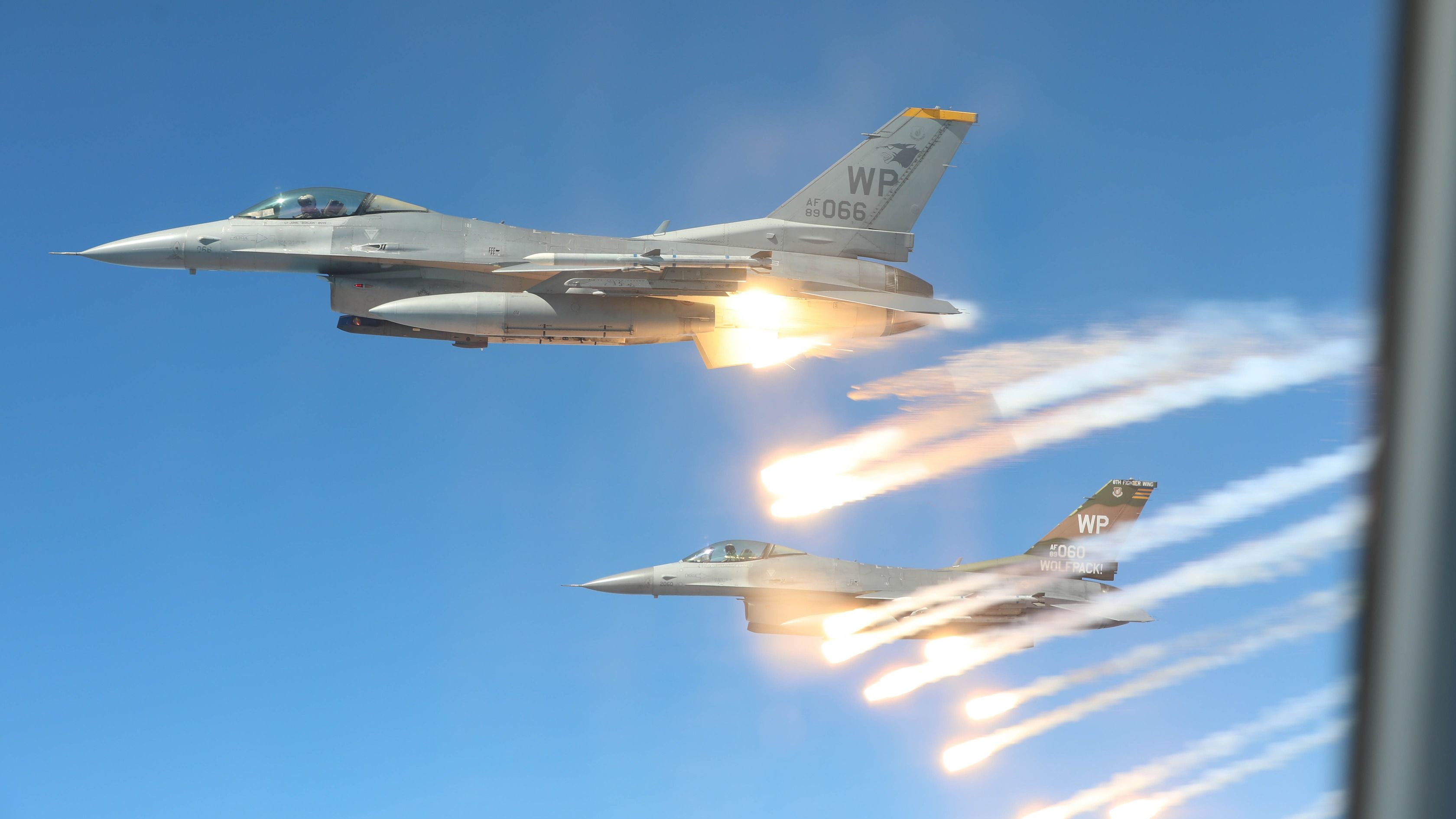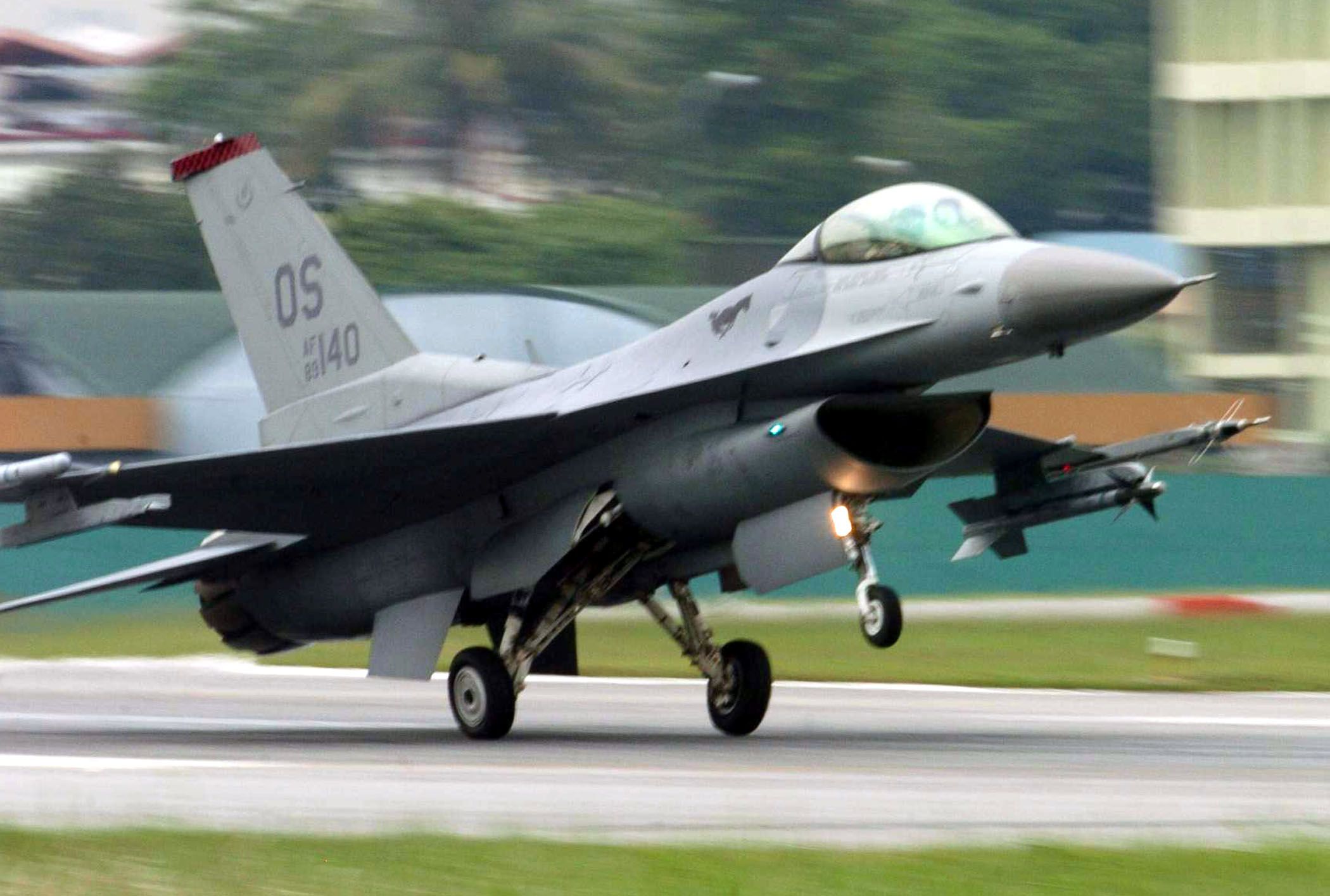Summary
- The F-16 Fighting Falcon is versatile and capable of overtaking different combat roles, night attacks, and precision strikes.
- The fighter jet’s record shines with its history of success.
- It has several pivotal moments such as conducting triple kills and saving British troops.
Known for its extreme capability, low-cost, and high performance, the Lockheed Martin F-16 Fighting Falcon is one of the world’s most popular modern-day fighter jets. The aircraft has a proven track record of successful air-to-air combat and air-to-surface attacks, being treated as a weapon for the US and allied nations.
The jet’s origins came about in December 1976, after the Vietnam War illustrated the need for air superiority fighters and more improved air-to-air training for pilots. American aerospace and defense company General Dynamics developed the fighter before production was transferred to the Lockheed Corporation and Lockheed Martin.
The first operational F-16 was delivered in January 1979 to the 388th Tactical Fighter Wing at Hill Air Force Base in Utah. The first model, the F-16A, is a single seater while the second model, the F-16B seats two pilots. According to the US Air Force (USAF), the F-16B has tandem cockpits around the same size as the one on the F-16A. In order to maximize the space for the second cockpit, the fuselage in the forward fuselage was reduced, in addition to the space where the avionics are located.
Photo: Lockheed Martin
All F-16s delivered since November of 1981 were built with structural, wiring provisions and systems architecture that support the jet’s ability to perform multiple roles, whether precision strikes, night attacks, or interception missions beyond pilots’ visual range. The unique features subsequently led to development other F-16 models, such as the F-16C and F-16D.
These models are the single and two-place counterparts to the original models, the F-16A and F-16B, but have the latest cockpit control and display technology, according to the USAF. Throughout its over 50-year history, more than 4,000 F-16s have reportedly been built, serving with militaries all over the world.
Many combat achievements have been made over the years. Among its operational history, the F-16 has had quite the record, operating with air forces in the USAF, Israel, Pakistan, Turkey, Egypt, the Netherlands, Belgium, Denmark, Norway, Venezuela, Morocco, and Bahrain. Here is a look at some of the F-16’s most notable achievements.
1
Lebanon War
Occurred in 1982
According to The EurAsian Times, Israel began taking delivery of its first F-16s from the US in the 1980s. The Falcon’s first combat kills were recorded in 1981 as the Israeli Air Force shot down two Syrian Mil Mi-8 helicopters over Lebanon. Nearly a year later, the jet would stun the world with its performance and capability on full display in the Lebanon War.
Amid the war, the Israel Defense Forces launched a special mission known as Operation Mole Cricket 19. It was conducted to suppress enemy defense missions against Syrian targets.
Throughout the war, the F-16s were credited with the following:
- 44 air-to-air kills, mainly consisting of MiG-21s and MiG-23s
- Zero loses
- One F-16 is believed to have shot down four Syrian fighters in a single sortie
2
Operation Desert Storm
Occurred in 1991
Also known as the first Gulf War, Operation Desert Storm was the first time the USAF deployed F-16s in combat. According to The EurAsian Times, the aircraft flew up to 400 sorties daily throughout the war and had a strike rate of 25%. They were also utilized to attack airfields, military production facilities, Scud missile sites, and other targets. The F-16s performed the first daylight raid of the operation on January 19, 1991, attacking targets in Baghdad.
Photo: Spc. Elaina Nieves | US Army National Guard
According to F-16.net, the Falcons also conducted a variety of other roles during Desert Storm:
- Combat air patrol
- Suppression of enemy air defenses when over enemy territory
- Battlefield air interdiction
- Close air support
- Deep air interdiction
3
Shooting down an Iraq Air Force MiG-25
Occurred in 1992
For about a decade after the conclusion of Desert Storm until Iraq was invaded in 2003, the USAF deployed F-16s to oversee the no-fly zones in the country that were imposed by the US and the United Kingdom. This led to Operation Southern Watch, which the US Department of Defense conducted to ensure Iraq would comply with the no-fly zones.
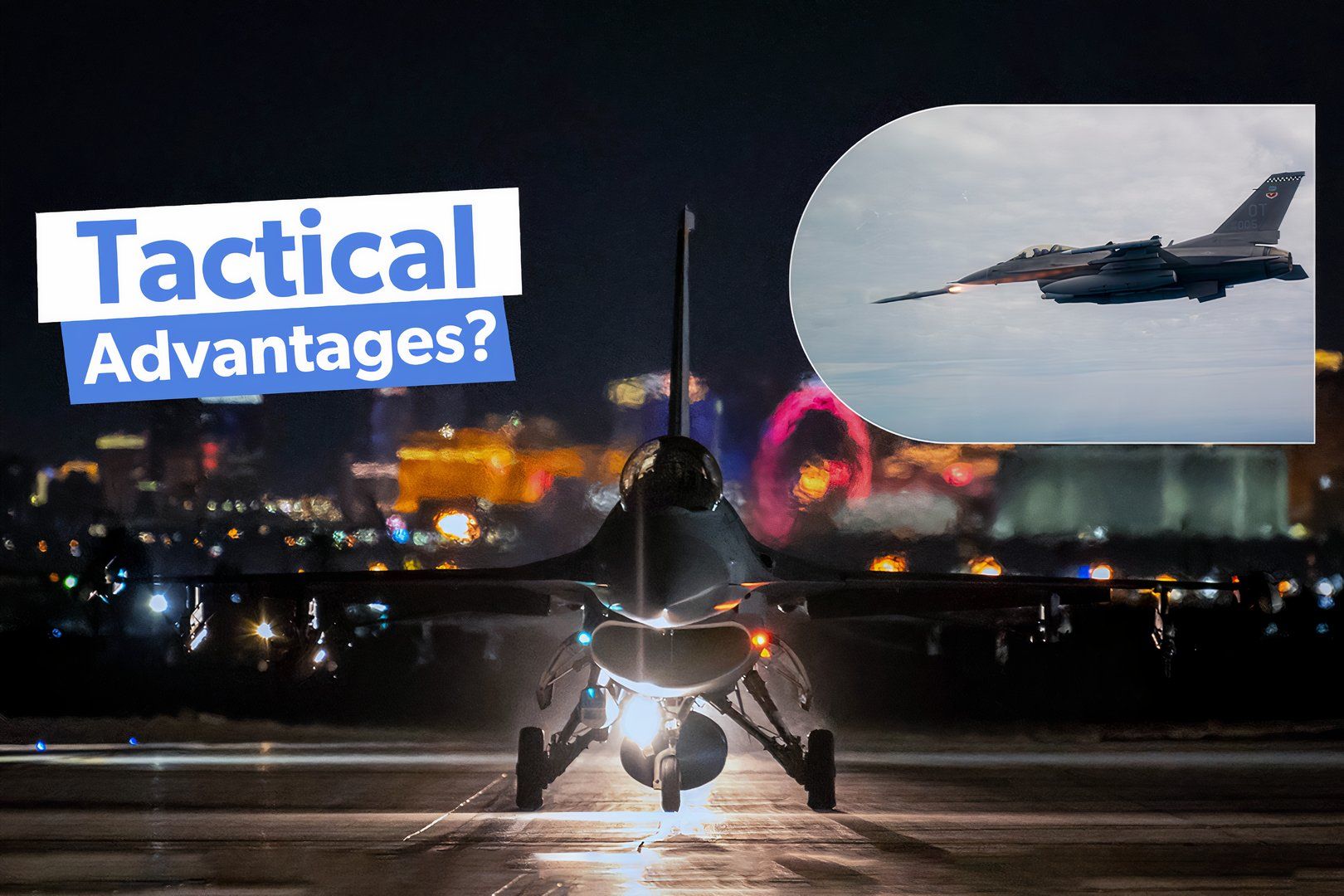
Check It Out
What Are The Tactical Advantages Of The F-16 In Modern Warfare?
Here’s why it remains a crucial asset for air forces around the globe.
On December 27, 1992, an Iraqi MiG-25 fighter jet violated the no-fly zone and entered airspace south of the 33rd parallel, according to The Aviation Geek Club. Within minutes, AWACS (Airborne Warning and Control System) controllers ordered two F-16s toward the aircraft. Captain Gary North, known as “Nordo,” commanded one of the Falcons and requested clearance to fire at the MiG-25. At approximately three nautical miles away, North fired the F-16’s AIM-120 Advanced Medium-Range Air-to-Air Missie (AMRAAM) at the Iraqi fighter and destroyed it.
With the help of his wingman, North garnered two firsts with his successful hit:
- The first USAF pilot to shoot down an enemy aircraft in the F-16
- The first pilot to kill using the AIM-120 AMRAAM
“Someone was going to die within the next two minutes, and it wasn’t going to be me or my wingman,” North said, according to The Aviation Geek Club.
4
War in Bosnia-Herzegovina
Occurred in 1994
The first triple kill since the Korean War was achieved in March 1994 when two USAF F-16s downed four Servian Soko G-4 Super Galebs over Bosnia Herzegovina. According to the Los Angeles Times, the Falcons were enforcing a no-fly zone imposed by the United Nations (UN), which was in effect over Bosnia since October 1992.
Photo: USAF
A statement from the North Atlantic Treaty Organization described the combat.
“The pilots issued, in accordance with their rules of engagement, two ‘land or be engaged’ orders to the aircraft which ignored them. The NATO (F-16s) engaged the planes, shooting down four of them.”
Despite it being the first triple kill since the Korean War, it marked other achievements:
- It was the first time the no-fly zone was enforced since it was imposed 16 months prior
- It was the first time NATO forces were engaged in offensive military action after more than four decades at the time
5
Saving over 50 British special operators
Occurred in 2003
With the F-16’s weapons focusing on precision, the jets have neutralized adversaries around the globe. However, one notable occurrence of this was in March 2003 when two F-16s protected 52 British special operators that were surrounded by 500 Iraqi troops.
According to The EurAsian Times, one of the pilots commanding the F-16 went into a dive to build up sonic energy. As the jet increased its speed, it approached both the ground and the speed of sound. Subsequently breaking the sound barrier, the pilot pulled up around 3,000 feet above the ground, which scared off the Iraqi troops and allowed the British special operators to escape.
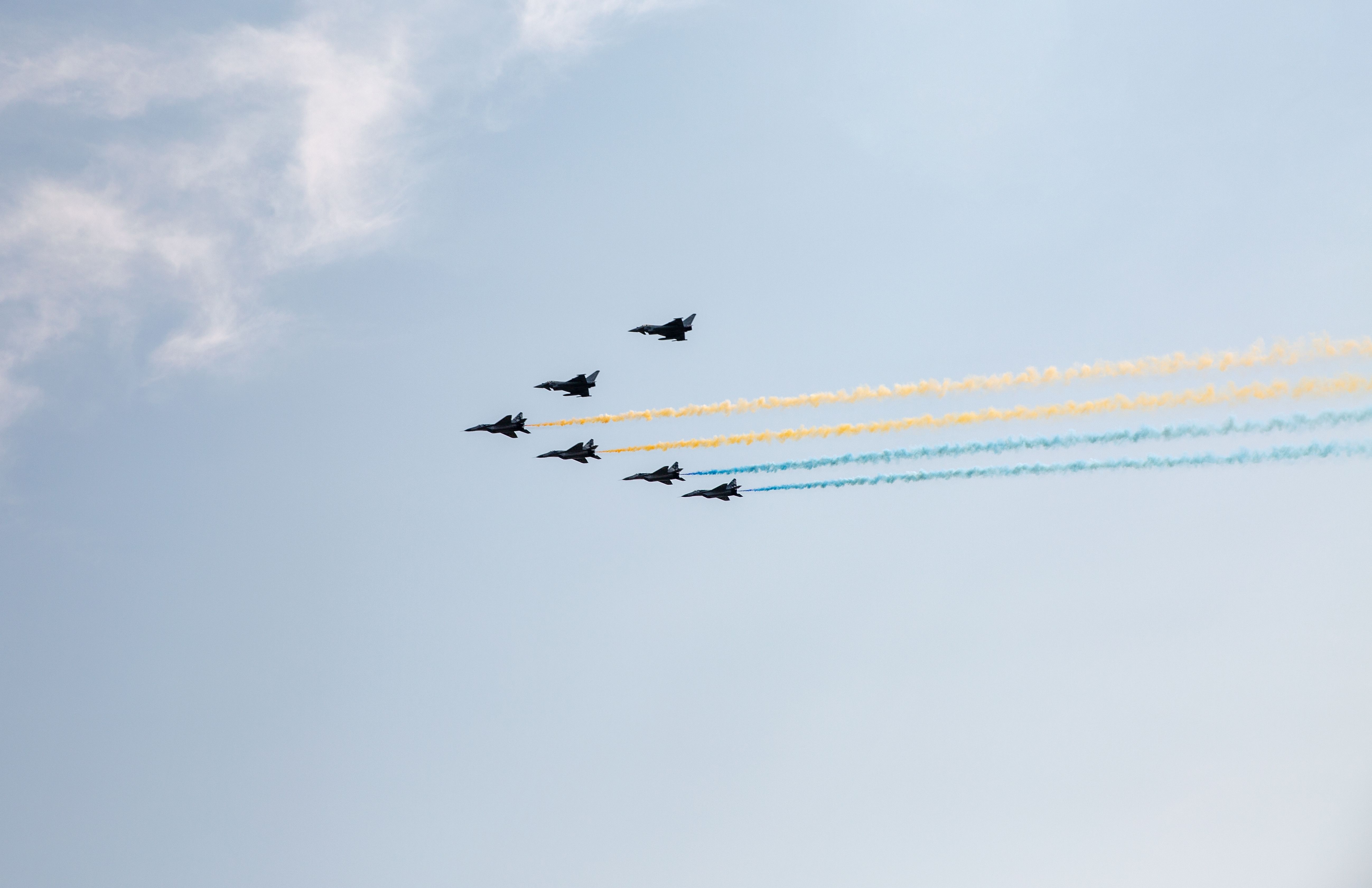
Read Next
Ukraine May Keep Some F-16s Outside Its Borders To Protect Them From Russian Strikes
It is highly unlikely the jets will perform missions from foreign bases, but it will keep them safe from Russian bombs.
